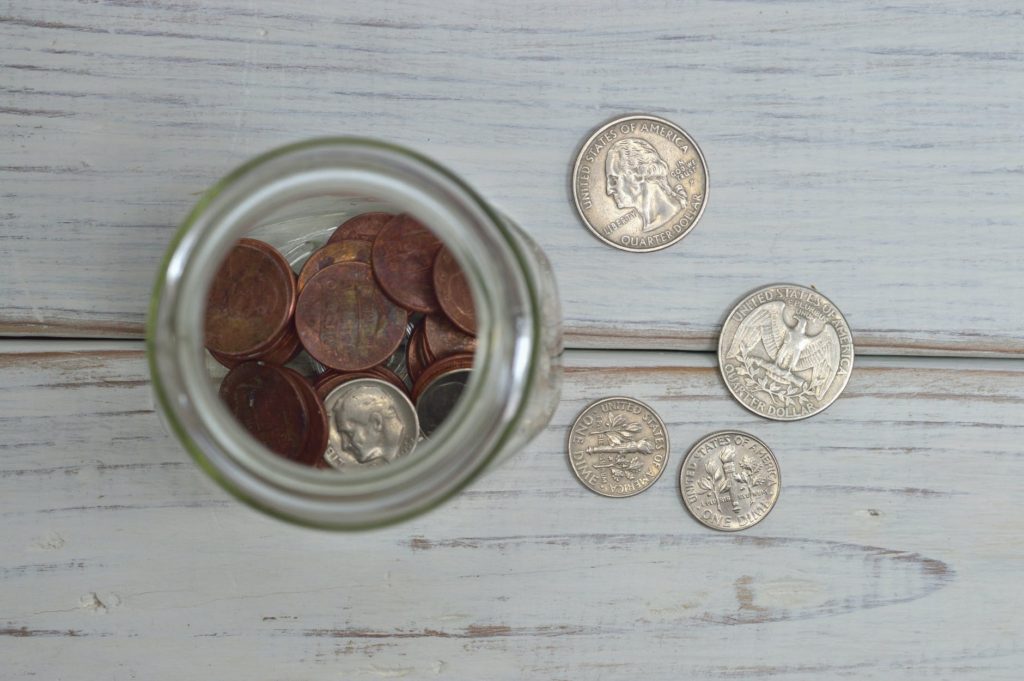Merriam Webster dictionary defines a goal as “the end toward which effort is directed”. A goal could also be called an aim which is “to intend or direct for a particular effect or purpose”.
Whatever you choose to call it, setting a savings goal (s) is an important aspect of achieving financial success. You might have heard the saying “A goal with out a plan is just a wish”. Well the same can be said about your financial goals. Even if you write down very specific, targeted goals for your financial success, unless you have a plan for the way forward, you won’t achieve what you desire.
Getting Started
So how do you get started with setting a savings goal? If you are new to setting savings or financial goals, you should start with a somewhat short-term, noticeable goal. You want to make sure that your goal is one you can visualize or see. Make your goal one that you can complete within a shorter time frame, such as a three to six month timeframe . Maybe you want to purchase a new outfit for an upcoming special event. Or maybe you want to save for a trip with friends, a big birthday celebration or special family holiday. You can set a goal for anything you need money for that you don’t currently have.
Once you have identified your goal, decide how much you want to save for your goal. How much will your outfit, trip or special holiday cost? Figure out the exact cost so that you can determine if you will need more time to meet your goal. For example, you know that your outfit will cost you $240 and you have three month to save that amount. If you get paid every two weeks, you need to save $40 each pay period to accomplish your goal. If you aren’t able to save that amount in three months, extend the time period or change your goal. That means you might need to purchase a less expensive outfit.

You Have a Goal?
Once you know what goal is, it’s time get started with planning how you are going to succeed. Remember “A Goal + A Plan = Success.” That’s also why setting realistic goals is so important.
First, you should establish and follow a budget. This is important so that you don’t get halfway into your savings process and then find out you need to use the money for something else that has come up. Following a budget is really important. Especially when you decide to have more than one savings goal.
There are many online resources to help you create a budget, but basically a budget is a plan for what you will do with the money you take home when you are paid. A budget will help you know if you will be able to meet your goal of saving $240 in three months. You need to include your savings goal into your budget as one of the categories.
Now You Save
Second, start saving. An easy way to save and monitor the status of your savings goal is to ask your payroll office to send the amount you want to save directly into your savings account when you are paid. You might even want to open a special savings account specifically targeted for your designated goal. This will help you to see progress being made towards meeting your goal and also separates the targeted savings from the rest of your money. You might not be as tempted to dip into this account to pay for something not related to your goal.
Third, regularly check your progress towards reaching your goal. Are you still on target to accomplish your goal? Do you need to adjust your target date? Has the price of your outfit, trip or special holiday changed? If it has, what do you need to do to successfully meet your goal? This is when you should adjust your plan if needed by saving more or maybe deciding, for example, to purchase a less expensive outfit or shorten your trip.

You’re In Control
Remember that this is your plan and you are in control of its success or failure! You can adjust if needed, but if you fail to save the amount outlined in your plan, you won’t be successful. Also remember that achieving smaller savings goals will give you practice and disciple to accomplish even bigger savings goals in the future. Like saving for a car or the down payment on a home. If you are a high school student, your savings goal might be to save enough to purchase a new computer or items you will need for your dorm room.
You can set a savings goal for anything. You might also hear the term “sinking funds” used as another name for a savings goal. No matter what you call it, goals are a great way to save over time for what you want.
There are lots of templates on the web that you can use to set up and track your goals (e.g. sample worksheet). And you can be successful in achieving your goals if you are consistent and disciplined. The only thing you need to do is get started.


